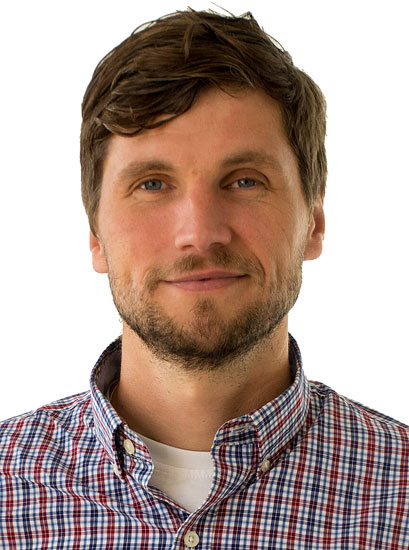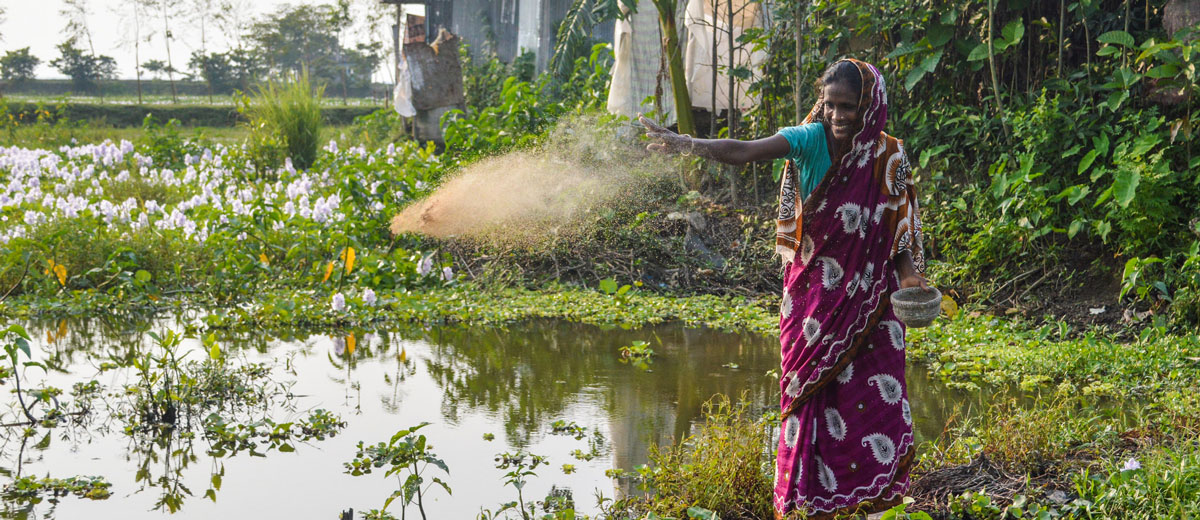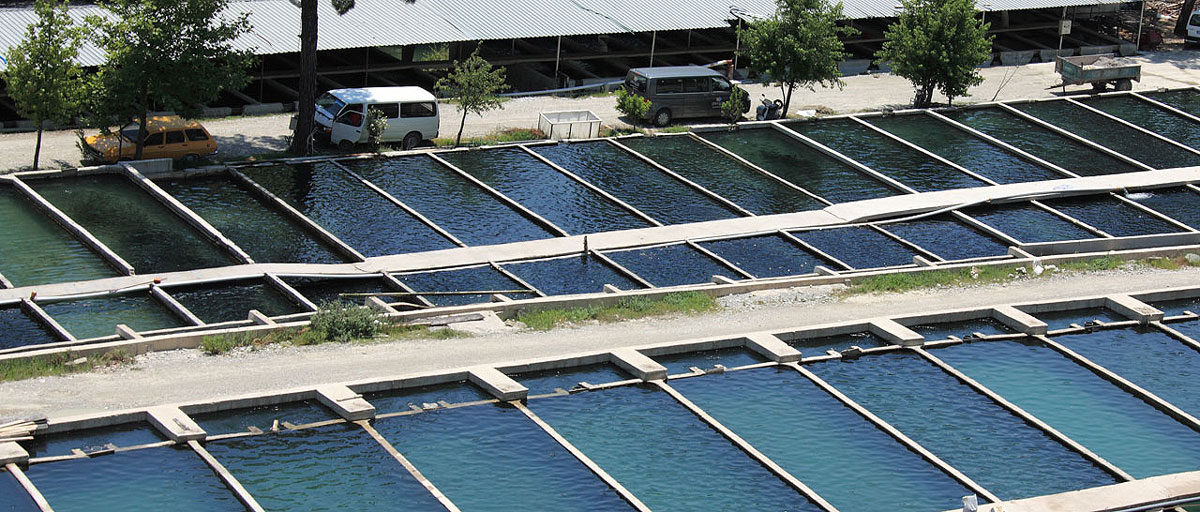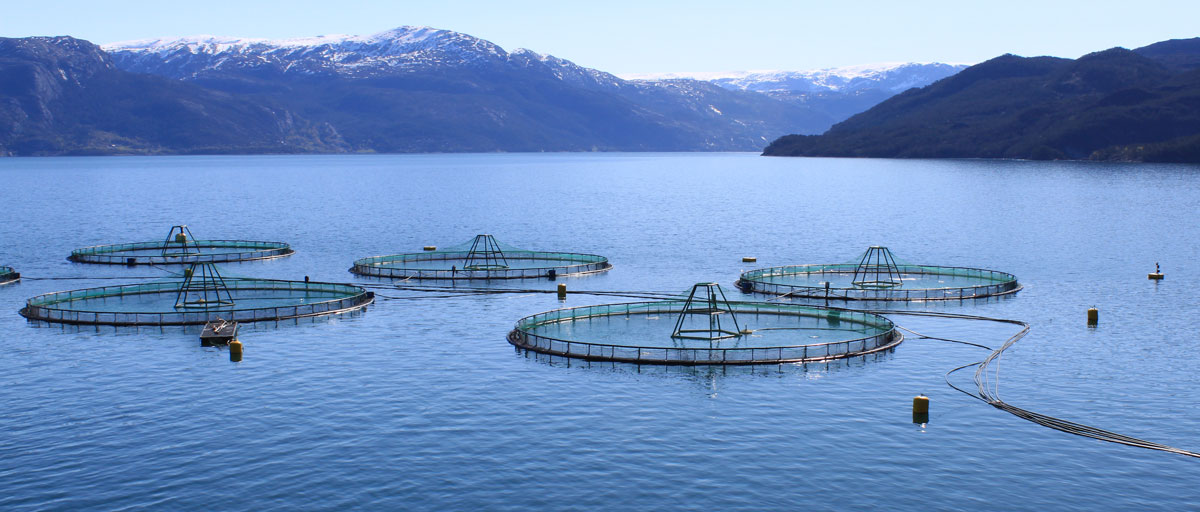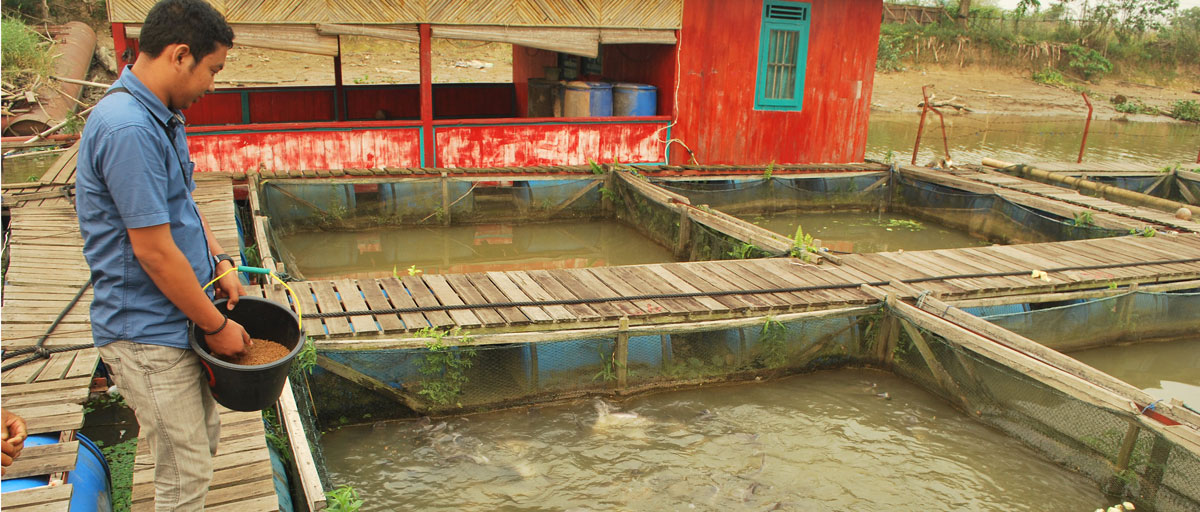
Aquaculture is essential for meeting rising fish demands in Indonesia and the government has set an ambitious 8.5% annual growth target right up to 2030 for many of its aquaculture species. A new study explores how it can be done sustainably. Photo: P. J.G. Henriksson
Bildtext får vara max två rader text. Hela texten ska högerjusteras om den bara ska innehålla fotobyline! Photo: B. Christensen/Azote
AQUACULTURE
If you are serious about growth, be serious about sustainability
Indonesia has ambitious goals for its aquaculture investments. If they are serious, environmental assessments must be included too
- The ecological effects of aquaculture are dependent upon the choice of species, management, and where it is sited.
- This study evaluates the impact of six interventions in Indonesia’s aquaculture sector that if implemented could double expected fish production while reducing its negative environmental impacts. Authors also examine the environmental consequences for regions where aquaculture is set to expand.
- Their findings lead authors to suggest that in order to promote ‘Blue Growth’, the Indonesian government should revaluate their aquaculture production targets and take environmental assessments into consideration.
In Indonesia, fish is serious business. It is the world’s second largest producer of fish much of which is consumed domestically. However, overfishing and climate change are set to limit the capacity of future production. This is why aquaculture (the practice of fish farming) is essential for meeting rising fish demands and the Indonesian Ministry of Marine Affairs and Fisheries (MMAF) has set an ambitious 8.5% annual growth target right up to 2030 for many of its aquaculture species.
Aquaculture, however, has its own environmental ills and is intensifying pressures on conservation in a country where natural resources already face many threats. In a study published in Environmental Research Letters, centre researcher Patrik Henriksson with colleagues from Malaysia, Indonesia, and Canada explore how aquaculture can be done in more environmentally friendly ways while sustaining profitable yields.
Specifically, they study the impact of six interventions on fish production and ecosystem health by using the life-cycle assessment (LCA) framework.
The results from their work is clear:
If all the six interventions are implemented, global warming, acidification, eutrophication, land occupation, freshwater use, and fossil energy use could be reduced between 28% and 49% per unit of fish.
Patrik Henriksson, lead author
Revamping the fishy business of aquaculture
LCA is an environmental assessment framework that allows for whole production chains to be studied. Here impacts were considered up to farmgate, which is all the activities until the product leaves the farm including impacts related to producing feed, electricity generation, extraction and refining of diesel, and transportation.
Out of the many interventions that can improve the practice of aquaculture, the authors identified six that were empirically quantifiable and that could be operationalised before 2030. They are a) improving feed efficiency; b) sustainable intensification of two fish species – milkfish and Asian Tiger Shrimp; c) changing fish feed for marine finfish; d) favouring omnivorous finfish species; e) using renewable electricity; and f) improving by-product utilisation and reducing waste.
Henriksson and his colleagues find that current feeding efficiency rates for three species of fish namely whiteleg shrimp, tilapia, and common carp can be improved. Feed efficiency measures output of fish produced per unit of input (i.e. fish food). This can be done by using strategies such as improving genetic strains, using better feeding and farm management practices. These strategies can also benefit the milkfish and Asian tiger shrimp farming that has typically used large volumes of fresh water and extended into mangroves resulting in biodiversity loss.
Another intervention comprises changing the type of feed given to groupers (a type of fish). It is generally more effective to use feed pellets instead of wild low-cost fish as fish breaks down when mixed into the water often getting wasted. Wild fish is also food that can otherwise meet the nutritional demand of humans. The authors thus recommend using feed pellets that they estimate can lead to a reduction of 16kg of wild fish per kg of grouper.
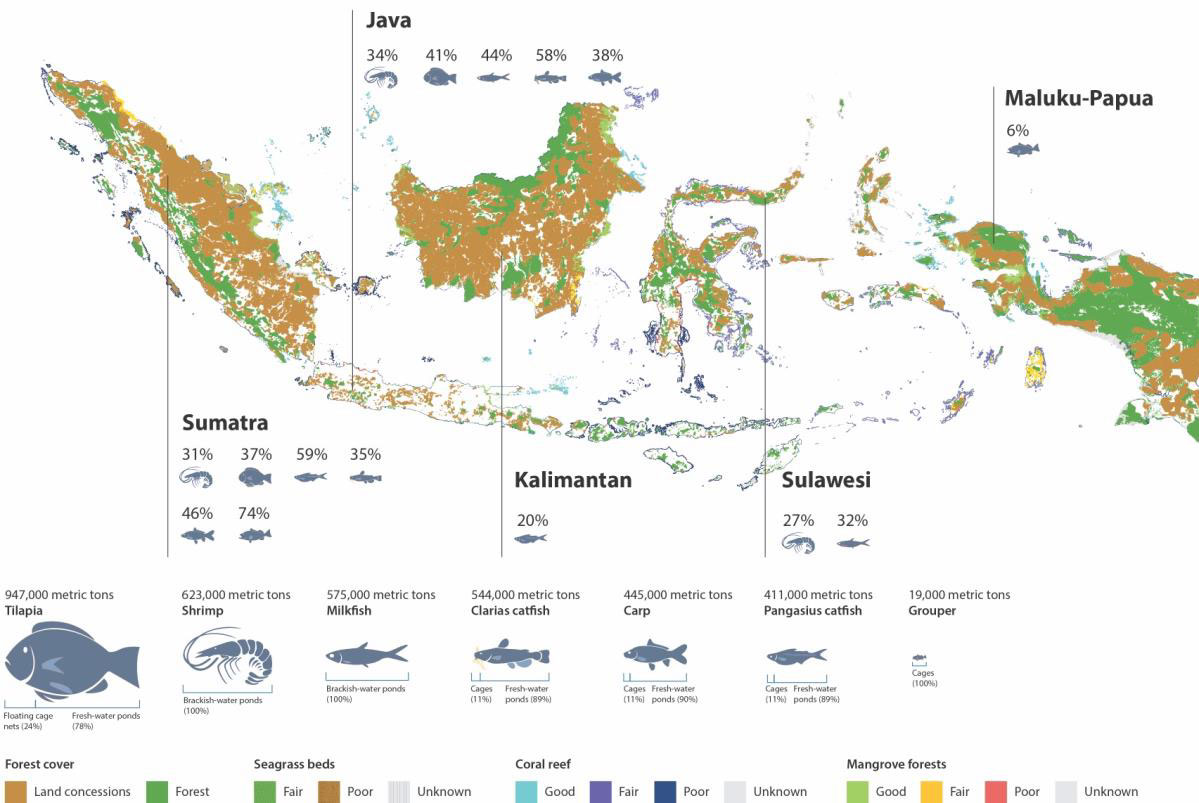
Ecological status of key habitat types and aquaculture production of individual species across Indonesia. Click on illustration to access source.
Keeping 2030 in sight
Authors model the impacts of the six chosen interventions and compare it to business as usual scenario. Their analysis suggests that substantial gains for many environmental factors e.g. greenhouse gas emissions, acidification, and fossil energy use, are possible if these interventions are earnestly implemented.
“The most efficient and probably the cheapest way to reduce all environmental impacts from the seafood industry would be reduce food waste and better utilize of by-product,” explains co-author and centre colleague Max Troell.
Furthermore, by doing a spatial analysis the authors find that expanding shrimp farming is leading to extensive ecological degradation of mangrove forests given the large areas these farms need and the geographies of where these farms are located. Indonesia’s high climate vulnerability is set to further add pressure on natural resources which the makes the case for sustainable fisheries even stronger.
Henriksson and his colleague recommend that Indonesia revise its current ambitious aquaculture growth targets and incorporate into its practice the recommendations made by environmental assessments such as this one.
“Environmental stewardship would also generate monetary returns through better fish yields and tourism, and hopefully soon through international compensation schemes for ecosystem services, such as carbon credits.” adds Henriksson. As it looks to 2030, Indonesia has thus both a great opportunity and responsibility.
Methodology
Primary data included lifecycle inventory dataset from Henriksson et al. (2017), which supplemented data collected for shrimp, milkfish polyculture and carp farming in ponds during the spring of 2018. Nineteen farms were visited on Java during this fieldwork.
Secondary geographical data was sourced from Global Forest Watch (2014), Giri et al. (2011), United Nations Environment Programme and World Conservation Monitoring Centre (UNEP-WCMC), WorldFish, World Resource Institute (WRI), The Nature Conservancy (TNC) (2010), and UNEP-WCMC, Short FT (2017) comprising land use, mangrove forests, coral reefs, and seagrass beds.
This data was modelled in an LCA matrix taking to consideration factors such as methane emissions from ponds, agriculture for feeds, and fuel for fishing boats.
The LCA matrix was structured and calculated using the CMLCA v.5.2 software relying upon ecoinvent v2.2 for background processes.
Henriksson, P.J.G., Banks L.K., Suri S.K., Pratiwi T.Y., Fatan M.R. and Troell M. 2019. Indonesian aquaculture futures — identifying interventions for reducing environmental impacts. Environmental Research Letters 14(12)
